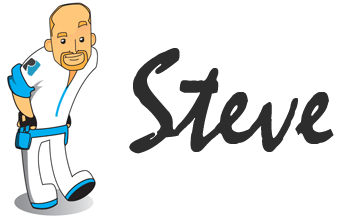-
-
products
-
resources
-
support
-
company
-
Which Windows 8 version Should I Buy?
By Steve Horton July 30, 2012windows 8, windows 8 pro, windows upgradeNo CommentsYou don’t need a magnifying glass to tell Windows editions apart. Microsoft has simplified the different editions of Windows with Windows 8. Instead of confusing brand names of the past (Why does Premium have fewer features than Ultimate?), there are now three easily-remembered editions. So let’s take a look at which Windows 8 version you should consider:
- Windows 8
- This is the basic model, available as a standalone application or as an upgrade for anyone with Windows 7 or Vista Home Premium or Home Basic editions, or anyone with Windows XP, it includes everything that most users will want out of Windows: the Windows Store, Internet Explorer 10, and so on.
- Windows 8 Pro
Available as a $40 upgrade through January 2013 for anyone with any previous version of Windows XP, Windows Vista or Windows 7, Windows 8 Pro adds in Windows Media Center as an optional add-on (free with the upgrade offer), which includes a digital video recorder and remote controlling of media files, the Group Policy Editor (very useful for fine-tuning Windows), and Remote Desktop (in case someone needs to access your PC remotely). Those taking advantage of Microsoft’s upgrade offer should take advantage of Windows 8 Pro in case they need the extra features.- Windows RT
The RT stands for Runtime, and this is Windows 8, for all intents and purposes, but is the version of Windows only found on tablet PCs. Designed to be as compatible with your desktop and laptop Windows 8 as possible, devices with Windows RT also come with a free, fully-featured Microsoft Office, optimized for tablets.Note that if you are upgrading, and you have a 32-bit version of Windows, you can only upgrade to 32-bit. Similarly, 64-bit Windows can only upgrade to 64-bit.
To find out what type of Windows you have:
In Windows 7 and Windows Vista:
- Click Start
- Click Control Panel
- Click System
- Look under System Type
In Windows XP:
- Click Start
- Click Run…
- Type sysdm.cpl and press Enter
- Click the General tab
- Look under System
If you’re still on the fence about upgrading to Windows 8 in October, we’ve got twelve reasons why you should.
Was this post helpful?YesNoFree Driver Updates
Update your drivers in less than 2 minutes to enjoy better PC performance - Free.
Free Driver Updates
Update your drivers in less than 2 minutes to enjoy better
PC performance - Free.
Didn't find your answer?Ask a question to our community of experts from around the world and receive an answer in no time at all.most relevant recent articles Pin It on Pinterest

